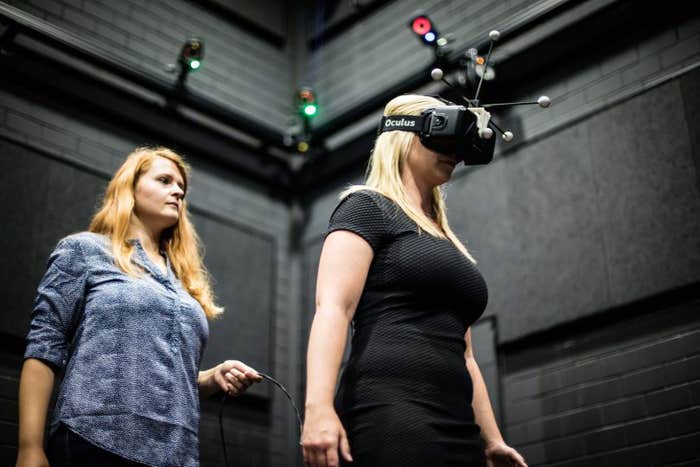One in 25 people have synesthesia, perceiving the world in unusual ways. An experience with one sense automatically leads to perception in another sense: for example, seeing colors when listening to music. Now researchers at the Max Planck Institute for Psycholinguistics and the University of Cambridge report clues into biological origins of such variations in human perception. They studied families with synesthesia, and describe genetic changes that might contribute to their differences in sensory experience.
Some people with synaesthesia may see sounds, while others may taste them or feel them as shapes. This kind of sensory cross-talk comes in many forms, and develops during early childhood. It has been known for over a century that synaesthesia runs in families, giving a strong hint that inherited factors are important.
“Brain imaging of adults with synesthesia suggests that their circuits are wired a little differently compared to people who don’t make these extra sensory associations. What we don’t know yet is how these differences develop,” said Dr. Amanda Tilot, a geneticist at the Max Planck Institute for Psycholinguistics. “We suspect some of the answers lie in people’s genetic makeup.”
A genetic window into sensory experience
In a report published in the journal Proceedings of the National Academy of Sciences in March 2018, scientists from the Max Planck Institute for Psycholinguistics and the University of Cambridge report new genetic clues that could help explain the biology of synesthesia. The researchers carefully analyzed the DNA of three families in which multiple members, across several different generations, experience color when listening to sounds.
The team took advantage of advances in genome sequencing, enabling them to identify genetic variants in the synaesthesia families and track how they were passed on from one generation to the next. In particular, they focused attention on rare DNA changes that altered the way genes code for proteins, and that perfectly matched the inheritance of synaesthesia in each of the three families.
While the highlighted DNA variants differed between the three families, a common theme emerged to connect them: an enrichment for genes involved in axonogenesis and cell migration. Axonogenesis is a key process enabling brain cells to wire up to their correct partners.
Combining families to uncover biological processes
Professor Simon Fisher, Director of the Max Planck Institute, who led the research, said, “We knew from earlier studies by the Cambridge team that no single gene can account for this intriguing trait; even families who experience the same form of synaesthesia are likely to differ in terms of specific genetic explanations. Our hope was that the DNA data might point to shared biological processes as candidates for involvement in synaesthesia.”
Professor Simon Baron-Cohen, Director of the Autism Research Centre, Cambridge University, commented, “This research is revealing how genetic variation can modify our sensory experiences, potentially via altered connectivity in the brain. Synaesthesia is a clear example of neurodiversity which we should respect and celebrate.”
In search of synesthetes
To better understand these findings, the team is looking for new families and individuals to join their study. To learn more about their research and take a short test to find out if you experience a common form of synesthesia, go to www.mpi.nl/synaesthesia.
This article was originally published by Max Planck Neuroscience on March 4, 2018. The relevant study can be retrieved here.
Read more at Max Planck Neuro.

























